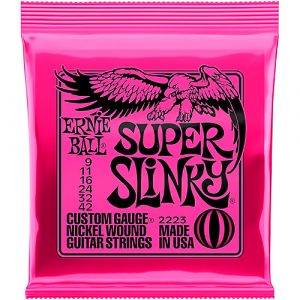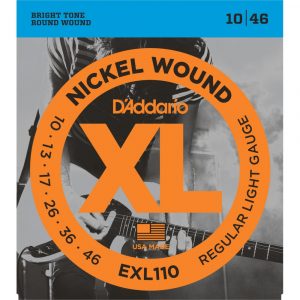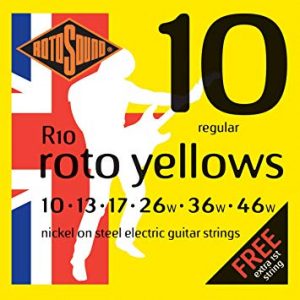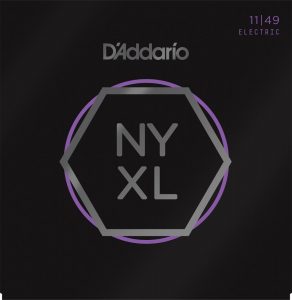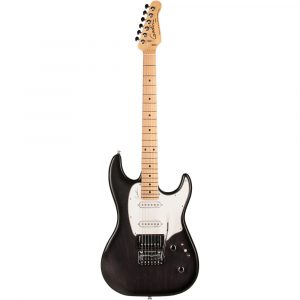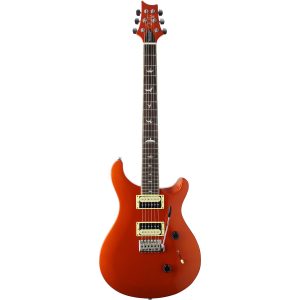
It’s no secret that the prices of new guitars are steadily on the rise, for example – 10 years ago an American made Stratocaster was half as much as a near identical model at today’s value and that rise doesn’t seem to be slowing down anytime soon. As a result of this trend a lot of manufactures are creating more mid price-budget level guitars like never before, but there is another option.. Buy second hand!

A diamond in the rough instrument can be strum away..
It’s a potentially daunting experience buying a 2nd hand instrument but it can be absolutely worth it as you could genuinely pickup an incredible instrument at a price that’s a steal, granted it may take a little time but part of thrill of the quest is not knowing what will fall in front of you and the satisfaction of finding something at a price you are willing to pay is quite the buzz. Here are my best tips for finding your own Excalibur in the rough.
Where Do I Start?
There are plenty of great places to begin your journey and a lot of them for the most part are online, Gumtree, Reverb and dedicated Facebook/social media groups are great as they give you an idea of what an item is worth on the secondary market as well as what is trending in terms of popularity. In addition to these you can also have a look in dedicated 2nd hand music stores or shops with a significant second hand section, something that is rising in popularity across the country in response to the price increases.
Know Your Stuff (Or At The Least Google It)
Knowing what an item that you’re looking for is worth in terms of its new and second hand value is SO important, the nearest analogy I can make is that a guitar is like a car in as much as after its bought and played it will lose a fair amount of value (sometimes as much as 50%!), the higher the quality of the instrument however the more a guitar holds its value as will always have a fan-base. Some sellers may also overestimate the value of a model due to brand or sentimental value so be careful out there and if you’re not familiar with the market value of certain models then simply Google it, it takes seconds and can save you hundreds (and in rare cases thousands) of pounds.
Damage?
Getting your hands on the instrument that you’ve laboured to track down is absolutely crucial as photos tend to hide a cardinal of sins and until you get to see the instrument with your naked eye you have no idea what condition it will truly be in. Always without fail check the neck and headstock for any breakages or subtle warping as these can affect value dramatically and you don’t really want to have to fork out for a guitar tech or luthier to repair the instrument right out of the gate (or it may give you clout to at least haggle the price down to supplement that substantial expense). In addition to this it’s advised to check for any damages that weren’t listed in its item description and that the models serial number matches any certification that they should have (especially on the more expensive ranges). Finally if the instrument is an electric guitar or an acoustic with a pre-amp always test it plugged in to an amp, not necessarily to check its sound although that’s also advised but more importantly to check to see if the electronics are in one piece i.e. If there is a crackling noise when turning the volume or tone controls, a volume jump between pickup selection or a silent pickup then you may need to take the instrument to get repaired (another cost). Once again being savvy at this stage can save you a lot of money and even more heartache.
Does It “Feel” Right?
Finally always ask yourself at every stage of the process if it all “feels” right, does the seller seem reputable? Do you really want the instrument? Are you buying it for the right reasons? Do you like how it sounds or feels? And always and I mean ALWAYS trust your gut, as buying anything second hand requires a fair amount of faith but the rewards are potentially huge as you could literally find the guitar of your dreams and even models that are no longer part of the catalogues of current manufactures.
Good luck with your searches! The Journey to Axe heaven is certainly worth your patience and time but the road isn’t always a clear one, just be patient and always follow your gut.
To see the stock of second hand instruments that we have at Hickies Reading click here

